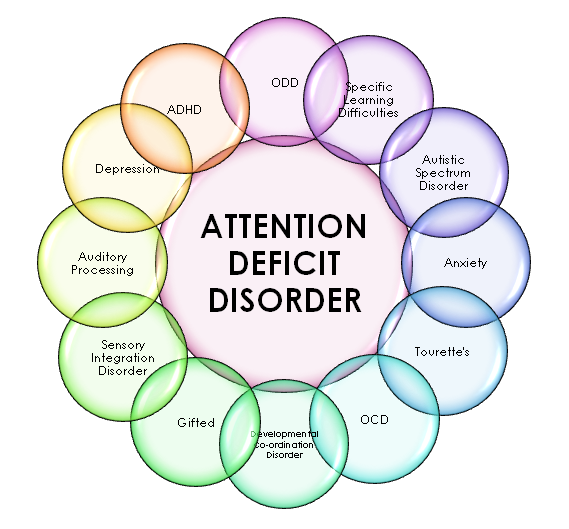
Some parents describe their children with hyperactivity as being ‘driven by a motor,’ stating that it is nearly impossible at times to get them to stop moving. They will squirm and fidget when they have to sit for any length of time. That’s why it can be so difficult to identify those who have hyperactivity associated with ADD.Ĭhildren with hyperactivity will constantly run, jump, and climb, even when it is not appropriate. HyperactivityĪll children, particularly toddlers and preschoolers, seem to have boundless energy. They may have difficulty focusing on things they are not interested in but may become hyper-focused on things that they find fascinating.

They may find it nearly impossible to pay attention to what is going on in their school classroom if, for example, there is something unusual going on outside the window. They may have difficulty staying organized, and forget appointments or scheduled activities.Ĭhildren with inattention are easily distracted. A child with ADD will have difficulty following directions, paying attention to detail and staying on topic. If a child has difficulty attending, it may not be obvious until the child is in school. Inattention in young children may be difficult to recognize as the ability to pay attention is a trait that develops in children at varying rates. A child does not have to exhibit all of these characteristics to receive a diagnosis of ADD, but they will need to show several of them. Parents and physicians may interpret ADD symptoms as ‘typical kid behavior.’Įach of the three main symptoms of ADD can appear in various ways in children. Children develop at different rates, and some children with ADD may simply appear to be reaching some developmental milestones later than their peers. It can be difficult to recognize the symptoms of ADD in children, particularly if they are the first child in the family, or if they are very young.

Recognizing the symptoms can help lead to a diagnosis and treatment for this perplexing disorder. Girls and women may show different symptoms than boys and men. These symptoms manifest themselves in different ways in children, teens, and adults.

There are treatments but no cure, so it persists into the teen years and through adulthood.Īccording to WebMD, there are three main symptoms of ADD. Attention Deficit Disorder (ADD) affects 5% of children and 2.5% of adults in the United States, according to the American Psychiatric Association.Īlthough more commonly diagnosed in children, it is sometimes recognized later in life.


 0 kommentar(er)
0 kommentar(er)
